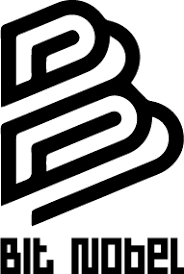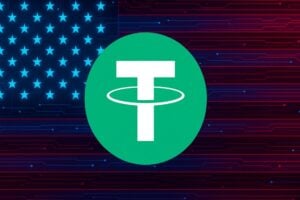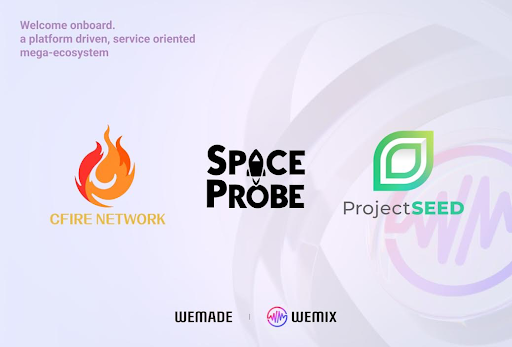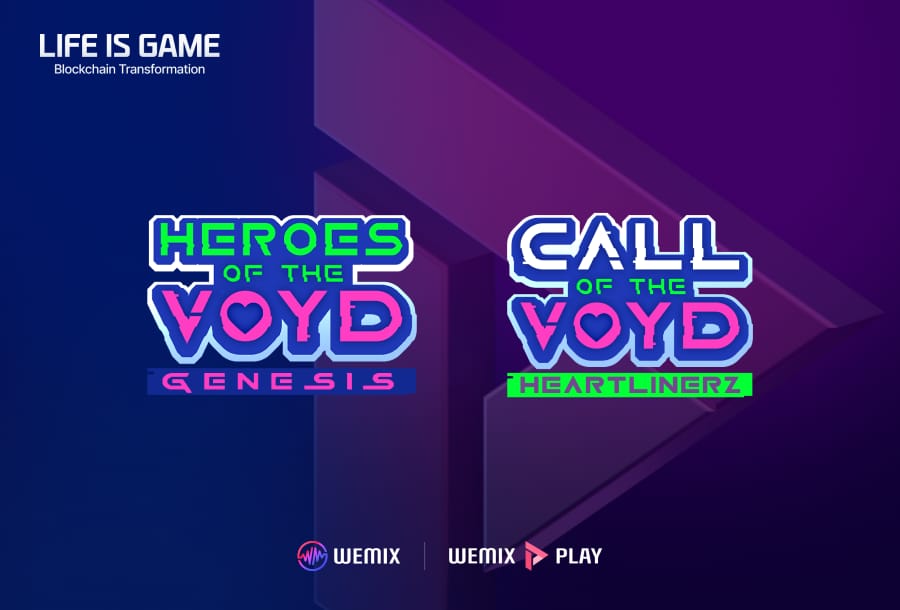Over 162 billion USDT is the calling card with which Tether announces its return to the US market, after having left the USA in the midst of the regulatory controversies of 2021.
What does the return of Tether in the US market mean?
The return of Tether to the United States marks a clear reversal compared to the forced withdrawal of 2021, the year in which the company had to pay nearly 60 million dollars in fines and regulatory settlements. At that time, pressures from the SEC and federal authorities cornered the company, leading to a predominantly offshore strategy.
Now Paolo Ardoino, CEO of Tether, has announced that he has “advanced a specific strategy for the USA,” with an offer aimed especially at institutions, banks, and trading operators who need a reference stablecoin for payments and rapid settlements between banks. This step radically changes the positioning of the most used stablecoin in the world and raises new questions about the future of competition in the United States.
Why now? Competition and new balances in the stablecoin sector
The choice of Tether comes in a context of intense competition. Circle – main rival – has brought its USDC to a capitalization of 64.7 billion tokens and, in June 2024, it went public with resounding success: the stock price has increased by over 500% since the listing. Despite this, Ardoino clarified that Tether is not interested in going public, instead aiming to strengthen the offering towards institutional markets that seek liquidity, transaction speed, and reliability.
Furthermore, the stablecoin market is experiencing a phase of expansion: the circulation of USDT has increased by 18% since the beginning of the year, meeting the demands of exchanges, brokers, and financial players worldwide.
What changes with the new laws and the transparency issue?
A central element of this shift mainly concerns regulation. Ardoino highlighted how the new legislative framework – including the bill proposal of the GENIUS Act – can finally facilitate the normalization of stablecoins both in the crypto market and in traditional banking infrastructures. This regulation aims to establish common and transparent standards on reserves, auditing, and liquidity.
Tether, often criticized precisely on these aspects, is in dialogue with independent auditing firms to improve the transparency of reserves. Ardoino stated:
“We are in advanced discussions with several auditing partners to ensure an additional level of trust for users.”
A long-awaited move that could consolidate the reputation of the USDT token among bull investors and bear policy makers in America.
What are the risks and challenges for Tether in the States?
The leap of Tether in the USA is not without risks. The previous regulatory issues, culminating in the payment of almost 60 million dollars in 2021, remain in the memory of operators and authorities. The pressure on the compliance front will therefore be extremely high, especially now that the United States is pushing for tighter supervision of stablecoins at the federal level.
However, the company seems determined to manage the transition by placing a particular emphasis on advanced technology and deep knowledge of emerging markets, which remain a strategic asset to maintain a competitive edge. While Circle bets on transparency and the GENIUS Act to grow in the USA, Tether relies on its global “legacy” and the ability to adapt to new regulatory requirements without the need for a stock market listing.
The future of stablecoins and trading with Tether in the United States
According to Ardoino, the return of Tether in the USA “represents a strategic choice to support a mainstream adoption of stablecoins,” especially among financial operators who need to move capital quickly, safely, and transparently. The integration into interbank settlement systems and trading flows in the American markets can be a real game-changer.
For now, the token USDT maintains its leadership: over 162 billion dollars in circulation against the 64.7 billion USDC, a still marked gap that shows the strength of Tether despite the regulatory storms of the past. But the game remains open, with transparency as a decisive factor and the competition from Circle increasingly aggressive.
Conclusion: prospects and what to monitor in the coming weeks
The return of Tether to the United States is an event that could reshape the stablecoin market balance. The challenge now involves compliance, transparency, and technological innovation, under the watchful eye of the authorities and the public. It is still unclear whether the strategy focused on institutional markets will succeed in containing the advance of rivals like Circle, but one thing is certain: everything can change in the coming weeks, especially with the arrival of new laws and players.







